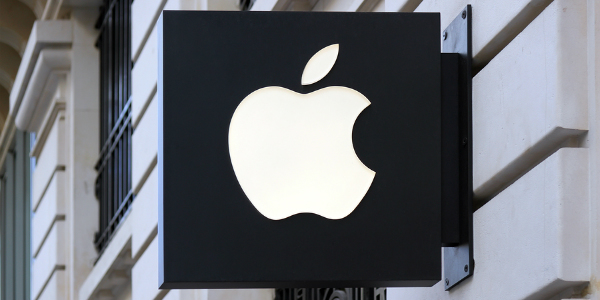The Apple announcement: How this technology affects your credit union

Apple has announced a watch, a phablet, and a payment system. As many of you know, we at BIG are interested in wearable technology and the new features of the iPhone, but especially interested in payments.
As usual, Apple didn’t invent anything new; they hung back and waited to see what others did, then they took the ideas and moved them forward. I am going to give you my immediate reactions after having watched the keynote announcements and what they mean for financial technology.
iPhone 6
- More screen = more User experience opportunities. Make sure you that you take advantage of this greater screen space by maximizing your User interface components. Balance Widgets, Goal trackers, and interactive tiles will become more commonplace.
- Enhancing the Camera will also improve the FI experience. Better pictures = better Remote deposit results. Also opens the door for photo bill pay, photo loans and photo realty apps.
- NFC is an obvious nod to Apple Pay – see my write up on that below. I am, however, interested in whether the hardware will be accessible by anything other than Apple products. iOS8 just went gold master (meaning it has been finalized), and it doesn’t appear that there is away to access it. There is a PKPaymentToken Class reference in the API, which would presumably allow access to a tokenized payment structure, but it doesn’t appear to allow you to access the hardware directly. I have a feeling that, much like SIRI, this will remain closed to give the Apple Pay platform a competitive advantage. (Please prove me wrong, Apple)
- Faster processor = good and expected.
- Longer battery = also good and expected.
- 20 Band LTE = AWESOME. Better WiFi and better cell means we can provide more interactive services with the bandwidth (think video conferencing).
- Will this replace the Mini? Can people do more with the device because of the size? And if so, will they abandon their PC totally in favor the “phablet” version of the iPhone?
Apple Watch
Hey, Apple. How about you don’t show me stuff until I can buy it the same day! That seems to have been lost in the post-Jobs Apple era. Let’s bring that back, please . . . 2015 is a long way away. I do think this is where I think Apple really shines. Jony Ive said it best in the video for the iPhone 6: “A truly great product is ultimately defined by the integration of its hardware and software.” There are already a few watches on the market today: The homebrewed Kickstarted Pebble, the Samsung Galaxy Gear and the Android Wear models. Apple, as usual, waited around and improved on what everyone else did. The interface is great, the crown that allows you to control zooming and slide around is brilliant and the new impact sensor is also a tremendous innovation in and of itself. Combine that with Apple’s Watch stack programming API for iOS 8 and you have the recipe for a new world of mobile application development. Also, the inclusion of “Fitbit” like functionality was a stroke of genius.
So here is the bottom line so far for financial institutions: make sure you natively support the notification stack in your alerts streams. If you do, the alerts will show up on the watch. This will be important for the initial release. Then, start working on your balance displays and how to extend your mobile apps to the watch. Also watch for wallet innovations that include the watch as part of the process.
Apple Pay
As good as Apple is at hardware, it has been less than successful at platform apps recently. Not since iTunes have we seen them really deliver on a platform. In fact, not all of Apple’s recent consumer apps have been a success. Remember Apple Maps? Almost every time someone starts to navigate for me in the car with their phone, I ask them, “Are you using Google Maps?” Usually the response is, “Duh. . . do I look I want to drive into a lake?” The first round of iCloud wasn’t a huge success, either (does anyone still use their @me.com account?). On the heels of the recent iCloud hack, security is also a concern. Passbook didn’t really light the world on fire. iBooks or Kindle? (I say Kindle.) Bottom line: Apple shines on hardware and software integrations, but platforms have been a problem as of late. This is why I’m a little on the edge about Apple Pay.
To be fair, Apple Pay is a good thing for mobile payments in that it represents the shift to Mobile Transactions and may well be the catalyst for that change. However, there are some things that concern me as financial technologist:
- The inability to white-label or incorporate the transaction into the Financial institutions application
- The lack of in-line offers. I believe that the headwinds to get people to use the mobile application for a payment will be stronger than anticipated when it’s competing with the piece of plastic in users’ pockets. The real pull through is including inline offers. Think about how popular promo-codes have become as a way to monetize advertising. The same will be true of in-store merchant transactions. At the end of the day, deals will drive engagement.
- No Android or Windows version. Remember the consumers will use it. Let’s not forget that Android represents 52% of the market. Retailers will want to cover everyone, this leaves room for other providers.
Source:
Conclusion:
It was a good day for Apple products. I think the Apple Watch is the winner from today’s event. I’ll keep an eye on Apple Pay, and the iPhone is a good improvement, though not a game changer.
Oh, and a free U2 album. I’ll review that later.





